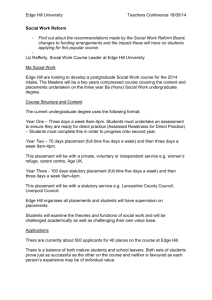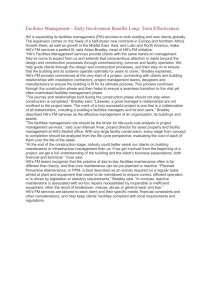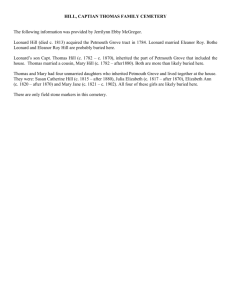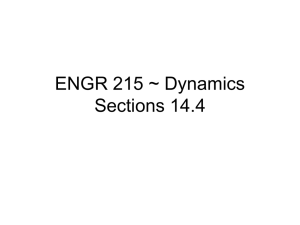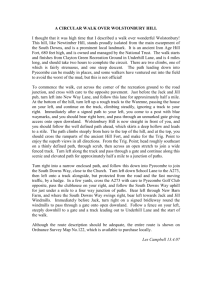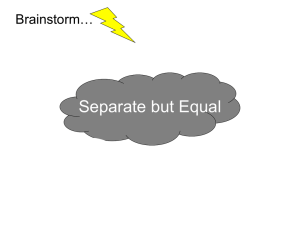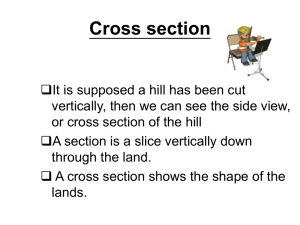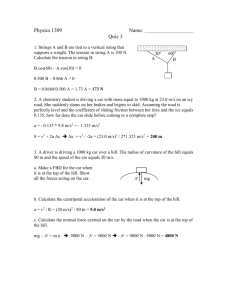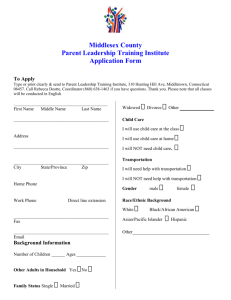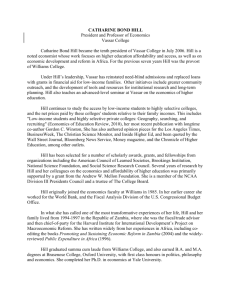Assessment: Digging Up Which sentence BEST sums up the article
advertisement
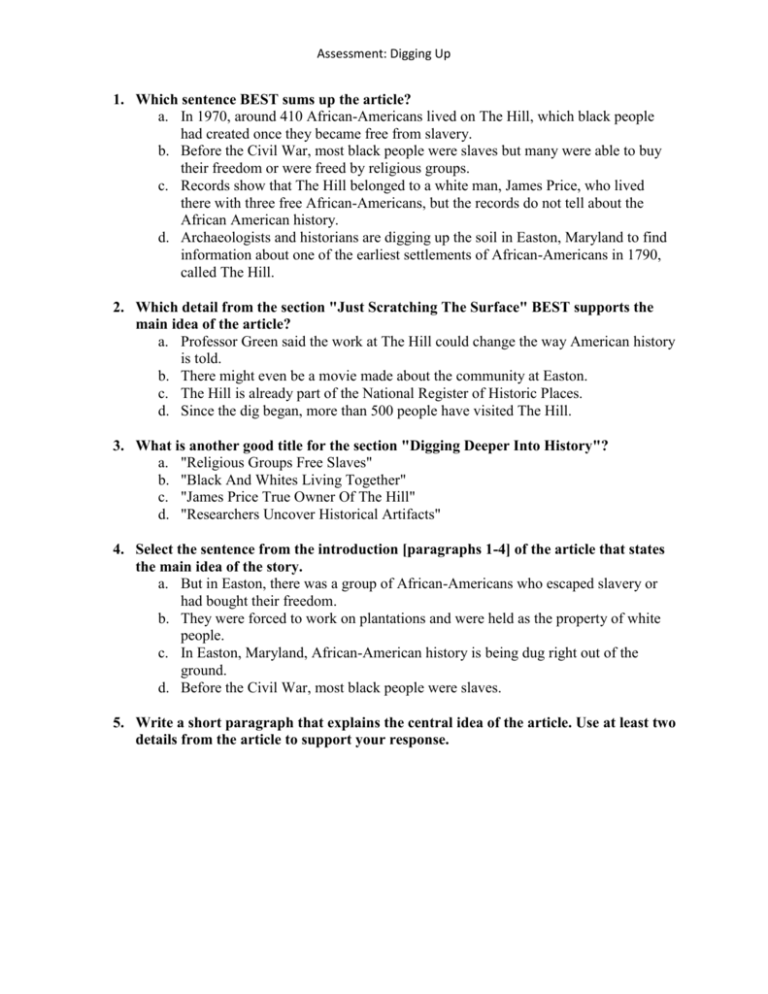
Assessment: Digging Up 1. Which sentence BEST sums up the article? a. In 1970, around 410 African-Americans lived on The Hill, which black people had created once they became free from slavery. b. Before the Civil War, most black people were slaves but many were able to buy their freedom or were freed by religious groups. c. Records show that The Hill belonged to a white man, James Price, who lived there with three free African-Americans, but the records do not tell about the African American history. d. Archaeologists and historians are digging up the soil in Easton, Maryland to find information about one of the earliest settlements of African-Americans in 1790, called The Hill. 2. Which detail from the section "Just Scratching The Surface" BEST supports the main idea of the article? a. Professor Green said the work at The Hill could change the way American history is told. b. There might even be a movie made about the community at Easton. c. The Hill is already part of the National Register of Historic Places. d. Since the dig began, more than 500 people have visited The Hill. 3. What is another good title for the section "Digging Deeper Into History"? a. "Religious Groups Free Slaves" b. "Black And Whites Living Together" c. "James Price True Owner Of The Hill" d. "Researchers Uncover Historical Artifacts" 4. Select the sentence from the introduction [paragraphs 1-4] of the article that states the main idea of the story. a. But in Easton, there was a group of African-Americans who escaped slavery or had bought their freedom. b. They were forced to work on plantations and were held as the property of white people. c. In Easton, Maryland, African-American history is being dug right out of the ground. d. Before the Civil War, most black people were slaves. 5. Write a short paragraph that explains the central idea of the article. Use at least two details from the article to support your response.


